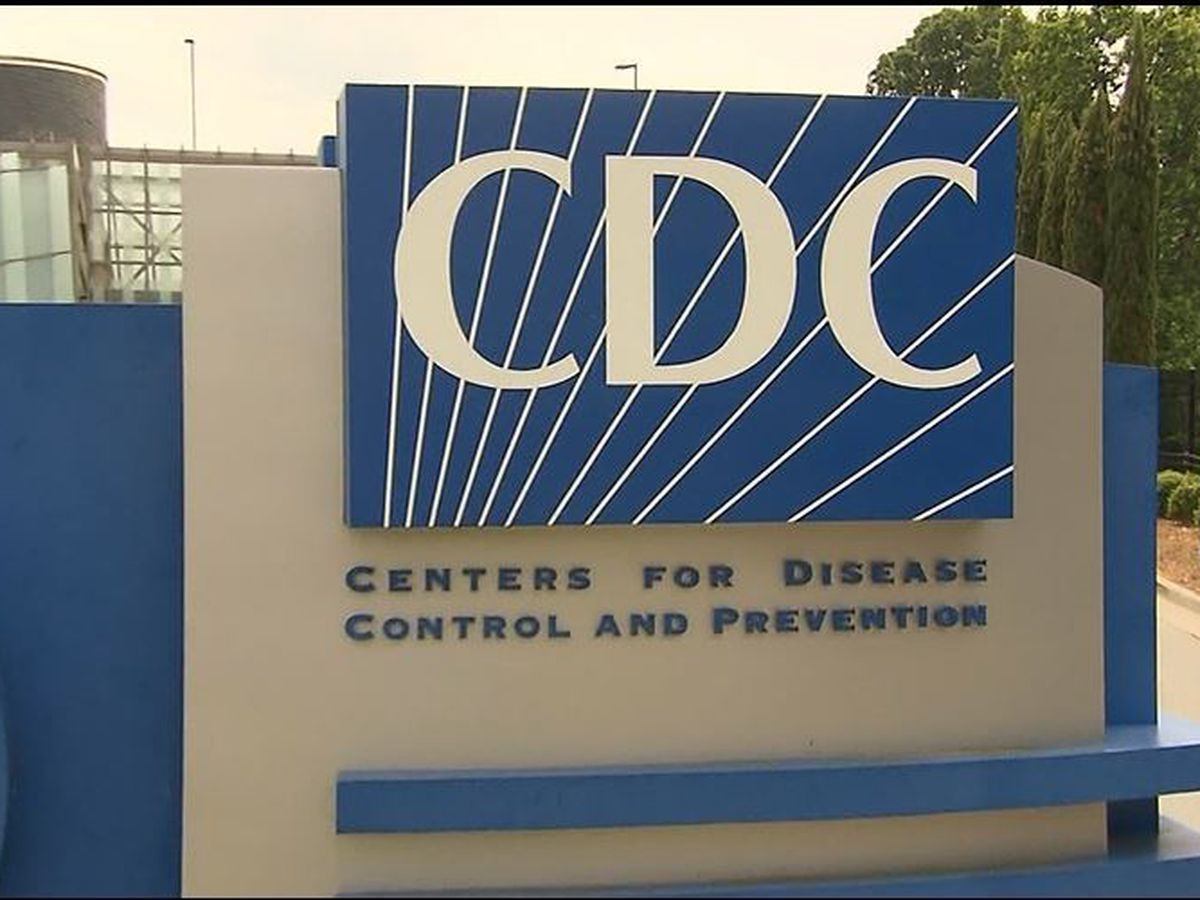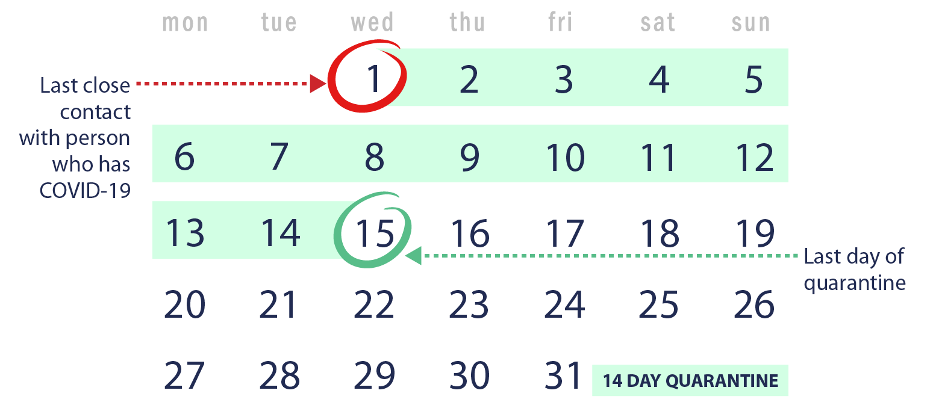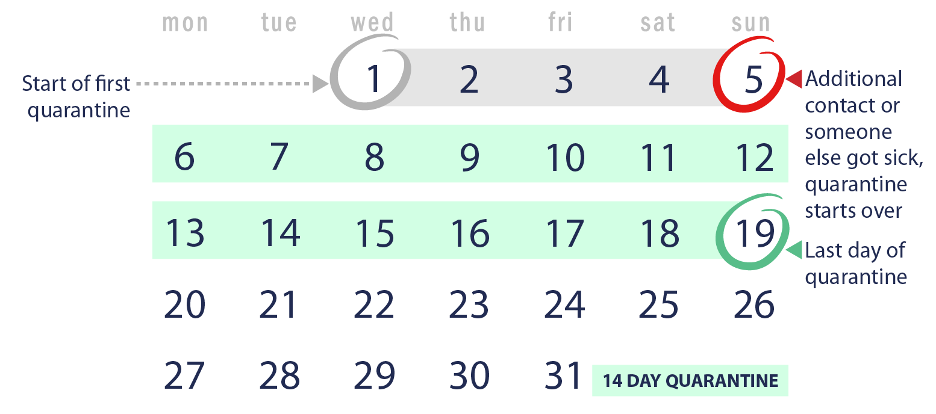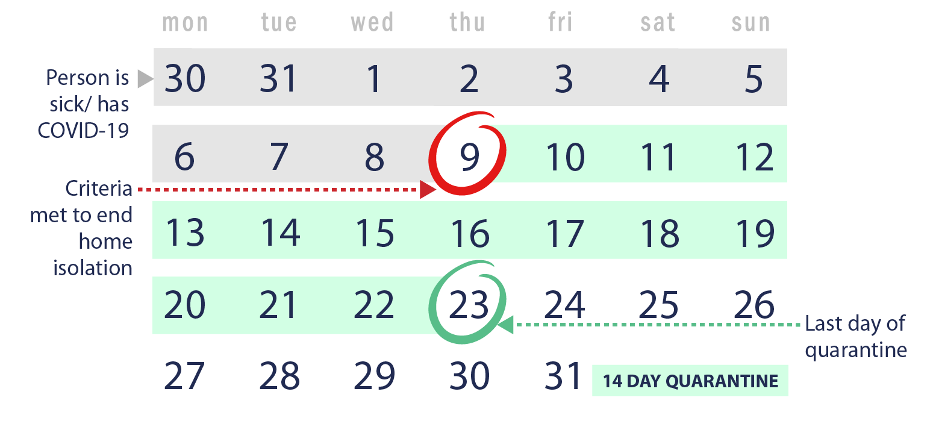
Also Read…. Covid testing For The Holidays
When to Quarantine (Copied from CDC)
Stay home if you might have been exposed to COVID-19
Quarantine is used to keep someone who might have been exposed to COVID-19 away from others. Quarantine helps prevent spread of disease that can occur before a person knows they are sick or if they are infected with the virus without feeling symptoms. People in quarantine should stay home, separate themselves from others, monitor their health, and follow directions from their state or local health department.
Quarantine or isolation: What’s the difference?
QUARANTINE
Keeps someone who might have been exposed to the virus away from others by staying home.
ISOLATION
Keeps someone who is infected with the virus away from others, even in their home.
WHO NEED TO QUARANTINE?
People who have been in close contact with someone who has COVID-19—excluding people who have had COVID-19 within the past 3 months.
People who have tested positive for COVID-19 do not need to quarantine or get tested again for up to 3 months as long as they do not develop symptoms again. People who develop symptoms again within 3 months of their first bout of COVID-19 may need to be tested again if there is no other cause identified for their symptoms.
WHAT IS CONSIDERED “CLOSE CONTACT?
- You were within 6 feet of someone who has COVID-19 for a total of 15 minutes or more
- You provided care at home to someone who is sick with COVID-19
- You had direct physical contact with the person (hugged or kissed them)
- You shared eating or drinking utensils
- They sneezed, coughed, or somehow got respiratory droplets on you
STEPS TO TAKE:
Stay home and monitor your health
- Stay home for 14 days after your last contact with a person who has COVID-19
- Watch for fever (100.4◦F), cough, shortness of breath, or other symptoms of COVID-19
- If possible, stay away from others, especially people who are at higher risk for getting very sick from COVID-19
Confirmed and suspected cases of reinfection of the virus that causes COVID-19
Cases of reinfection of COVID-19 have been reported but are rare. In general, reinfection means a person was infected (got sick) once, recovered, and then later became infected again. Based on what we know from similar viruses, some reinfections are expected.
When to start and end quarantine
You should stay home for 14 days after your last contact with a person who has COVID-19.
For all of the following scenarios, even if you test negative for COVID-19 or feel healthy, you should stay home (quarantine) since symptoms may appear 2 to 14 days after exposure to the virus.
See scenarios below to determine when you can end quarantine and be around others.
Scenario 1:
Close contact with someone who has COVID-19—will not have further close contact
“I had close contact with someone who has COVID-19 and will not have further contact or interactions with the person while they are sick (e.g., co-worker, neighbor, or friend).“
Your last day of quarantine is 14 days from the date you had close contact.
Date of last close contact with person who has COVID-19 + 14 days= end of quarantine

Please note if your quarantine starts at noon on day 1, then it would end at noon on the last day.
Scenario 2:
Close contact with someone who has COVID-19—live with the person but can avoid further close contact
“I live with someone who has COVID-19 (e.g., roommate, partner, family member), and that person has isolated by staying in a separate bedroom. I have had no close contact with the person since they isolated.“
Your last day of quarantine is 14 days from when the person with COVID-19 began home isolation
Date person with COVID-19 began home isolation + 14 days = end of quarantine

Please note if your quarantine starts at noon on day 1, then it would end at noon on the last day
Scenario 3.
Under quarantine and had additional close contact with someone who has COVID-19
“I live with someone who has COVID-19 and started my 14-day quarantine period because we had close contact. What if I ended up having close contact with the person who is sick during my quarantine? What if another household member gets sick with COVID-19? Do I need to restart my quarantine?“
Yes. You will have to restart your quarantine from the last day you had close contact with anyone in your house who has COVID-19. Any time a new household member gets sick with COVID-19 and you had close contact, you will need to restart your quarantine.
Date of additional close contact with person who has COVID-19 + 14 days = end of quarantine

Please note if your quarantine starts at noon on day 1, then it would end at noon on the last day.
Scenario 4:
Live with someone who has COVID-19 and cannot avoid continued close contact
“I live in a household where I cannot avoid close contact with the person who has COVID-19. I am providing direct care to the person who is sick, don’t have a separate bedroom to isolate the person who is sick, or live in close quarters where I am unable to keep a physical distance of 6 feet.“
You should avoid contact with others outside the home while the person is sick, and quarantine for 14 days after the person who has COVID-19 meets the criteria to end home isolation.
Date the person with COVID-19 ends home isolation + 14 days = end of quarantine

Please note if your quarantine starts at noon on day 1, then it would end at noon on the last day.
CDC Last Updated Oct. 27, 2020
Also Read…. Covid testing For The Holidays